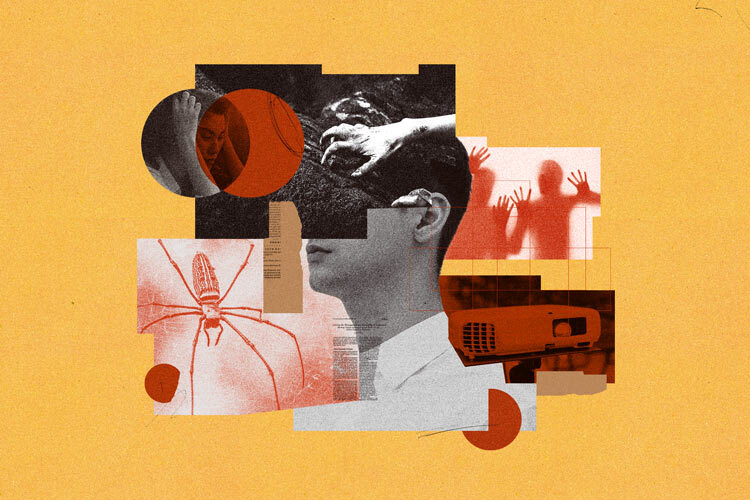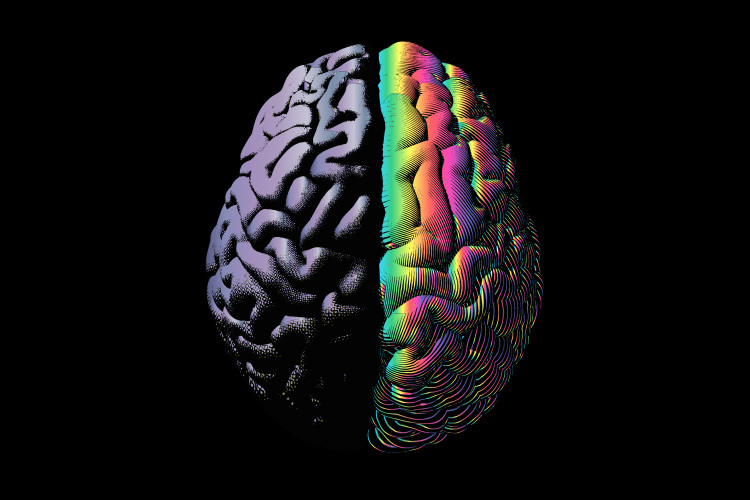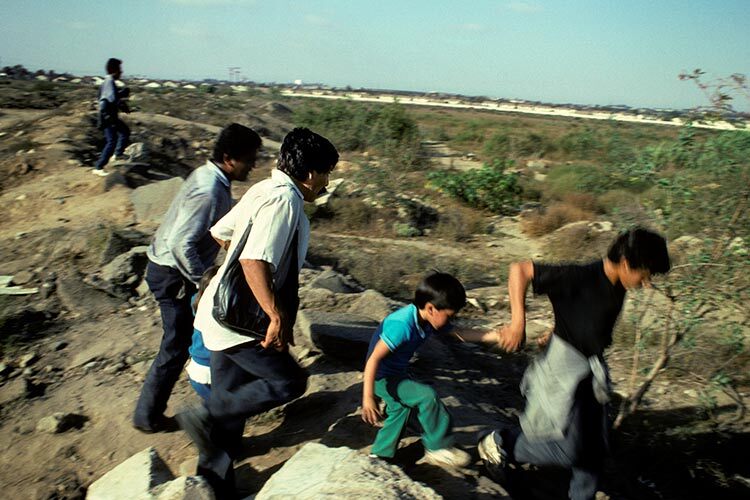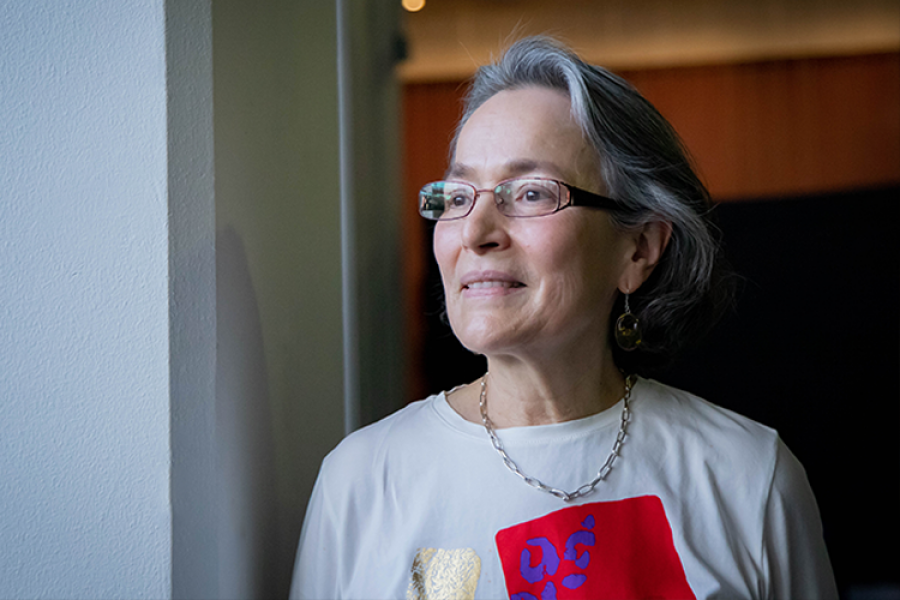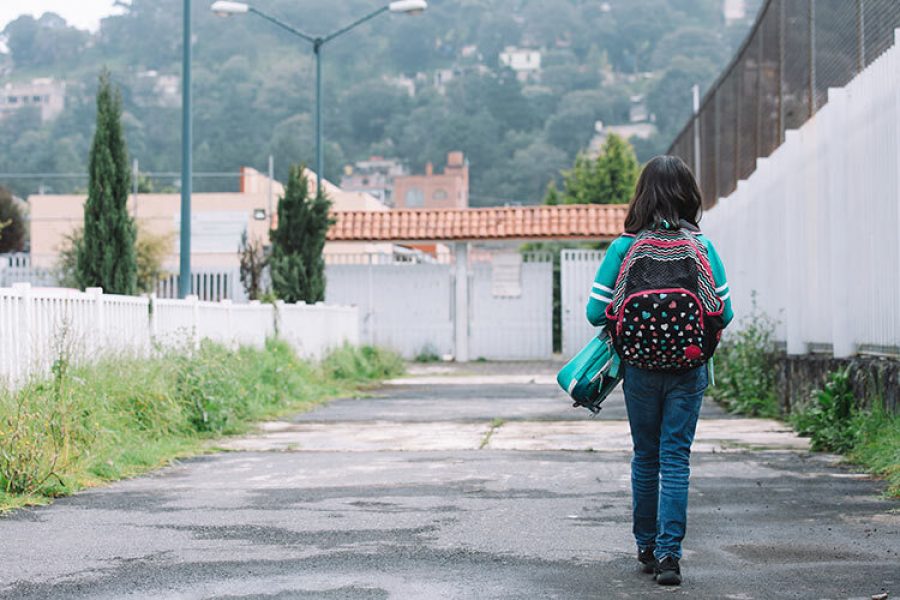“How could I not have insecurities and fear of abandonment if I’ve always seen others being chosen over me?” This post, shared on the platform X, is a common example of how people express the emotion of fear through words on social media.
This is exactly what a study from the Cartografías lingüísticas del miedo (Linguistic Cartographies of Fear) project demonstrates. Researchers from the Neurohumanities Lab at the School of Humanities and Education at Tec de Monterrey, along with the Faculty of Languages and Letters at the Universidad Autónoma de Querétaro, are collaborating on the project.
Manuel Cebral, a researcher at Tec de Monterrey, explains to TecScience that the project is an interdisciplinary effort blending humanities and neuroscience to better understand how fear manifests and is expressed in both individuals and Mexican society. This is explored through linguistic patterns as well as physical reactions.
The researchers compiled a corpus—a collection of organized written samples representing the emotion of fear—to conduct statistical analyses using software and artificial intelligence. Their goal is to understand the extent of fear by examining three primary sources: literature (including chronicles and essays), news articles, and social media posts.
Additionally, they designed an immersive experience in which volunteers were exposed to an audiovisual environment that responds to their fear levels through biometric measurements. Participants can interact with this environment through activities based on the texts analyzed, allowing them to explore the emotional impact of fear firsthand.
The Linguistic Forms of Fear
Fear is an emotion that’s important to understand both on an individual and societal level, says Manuel. On a personal level, we’re naturally susceptible to feeling fear due to things like darkness, the unknown, or the potential for harm. But fear also manifests on a societal level, where it can multiply and even spread—sometimes, the community itself becomes a source of fear.
“For instance, on social media, young people are increasingly afraid of developing an unwanted image, of being in the public eye, being watched, or analyzed. There are fears that go beyond the natural; there are structural fears, like insecurity or street violence, which are tied to sociopolitical issues,” he adds.
Manuel explains that by identifying and understanding these reactions to fear, we can start to mitigate its harmful effects.
The research focused on analyzing the corpus—created from non-fiction texts and databases—to identify what triggers fear at the societal level and how humans react to it.
Some of the words mapped across different sources include: violence, disappear, police, woman, danger, stress, anxiety, insecurities, and more.
On social media, the team analyzed posts published on X throughout 2023, using the hashtag #miedo (fear). They found that this emotion is often linked to issues of personal insecurities.
In the press section, they focused on articles published between 2019 and 2023 in newspapers like El Universal, La Jornada, Excélsior, and El Heraldo. They explored how the political power structure addresses disasters such as earthquakes, floods, and the COVID-19 pandemic.
Meanwhile, in the literary corpus, they identified that philosophical and sociological texts often connect fear with power and social control, while chronicles highlight the relationship between fear and topics like violence against women and youth within families.
Social fear is made up of many individual fears, says Manuel, which means that each person can contribute, in their own way, to either maintaining or confronting a state of fear.
Designing an Immersive Experience to Measure Fear
To better understand how people react to fear, the research team designed an immersive experience in which a group of volunteers was exposed to a responsive environment filled with textual stimuli, as well as videos, sounds, and animations.
As participants interact with the space, the scientists use technology to measure changes in their mood and fear levels. They employ electroencephalography (EEG) techniques to track brain activity, along with heart rate sensors placed on strategic areas of the body.
“We developed an algorithm that detects four different levels of fear on a scale from zero to 100,” explains Cebral. “What we measure in the emotion are variables like arousal, valence, and dominance—basically, whether the person is excited or has control over themselves.”
The experience consists of three parts, Cebral says. The first exposes the individual to a stressful environment—inside a dark room with uncomfortable videos, lights, and sounds. Brain activity is measured every 10 seconds, and depending on the level of fear, the environment becomes either more or less stressful, with images vibrating more intensely or sounds and flashes becoming stronger.
In the second part, participants are asked to select words from a suggested list that best match the experience they just had. Common words include fear, anxiety, claustrophobia, and stress.
These words help create a profile for each participant, which is then used by an algorithm to find literary texts from the corpus that share similar emotional content. The selected texts are then projected for the volunteer to read aloud, and the team analyzes the participant’s voice, volume, and emotional tone.
In the final part of the experience, participants interact with a piece of art that features an animation responding to their movements. The artwork is a 17th-century painting that includes material goods like money, food, books (representing knowledge), an hourglass symbolizing time, and a flower and skull to illustrate life and death, respectively.
“It’s a reflection on the ephemeral nature of these possessions and the fact that, in the end, we all face death,” explains Cebral. “It’s about confronting that fear of death and the passage of time. We also analyze the emotions reflected on the person’s face, which align with the skull in the painting that can be moved.”
Currently, the researchers are analyzing the results from the biometric studies as well as the words mentioned by participants during the experiment.
Research on Fear Leads to an Exhibition
Building on the Cartografías lingüísticas del miedo (Linguistic Cartographies of Fear) research and experiment, the team took their work to an exhibition in Querétaro to share the progress of their project and help the public understand the potential of studying the concept of fear.
“It ran in parallel with the immersive experience to explain the experiments. There were stations where, for example, people could write a text and receive an emotional analysis based on a computational model, or interact with a chatbot that generates horror stories and word clouds they could move,” Cebral explains.
Unlike the experiment conducted with volunteers, which followed a research protocol approved by a committee and obtained participants’ consent, the exhibition did not include any measurements and was purely for educational and outreach purposes.
The team also organizes seminars and talks with experts in the field of neurohumanities as part of this project.
Currently, the project’s protocol doesn’t include clinical cases, so in order to include individuals with diagnoses, it would need to be adjusted and involve professionals in psychology and psychiatry.
Cebral hopes that in the future, these types of experiments can be tailored to help people better understand and control their reactions to fear, fostering greater introspection and self-awareness, potentially even serving therapeutic purposes.
Did you find this story interesting? Would you like to publish it? Contact our content editor to learn more at marianaleonm@tec.mx
